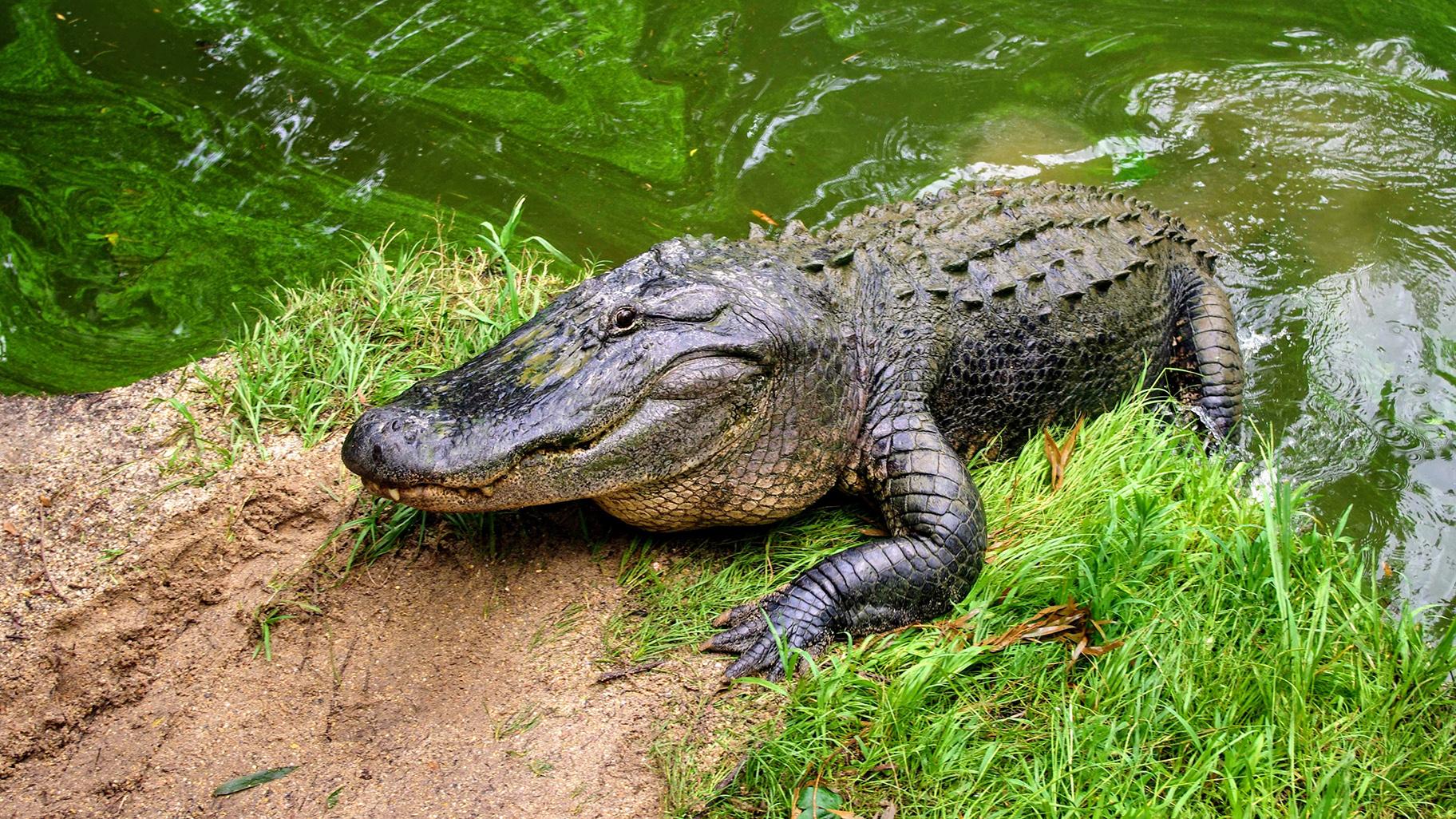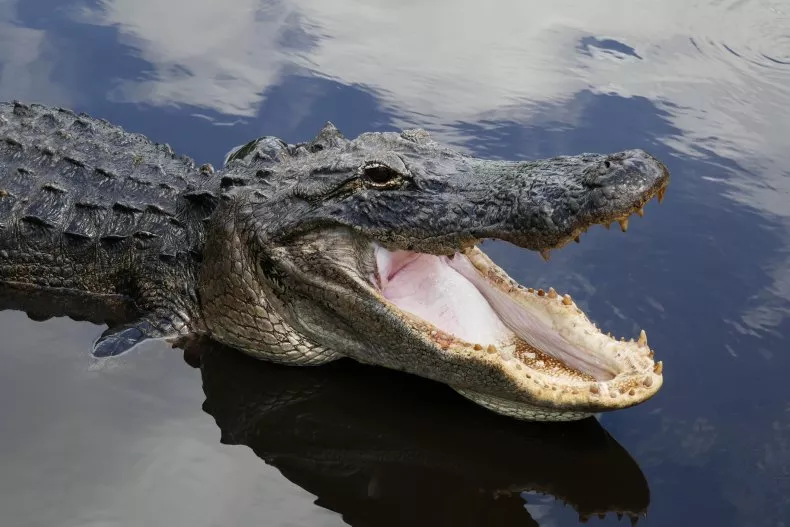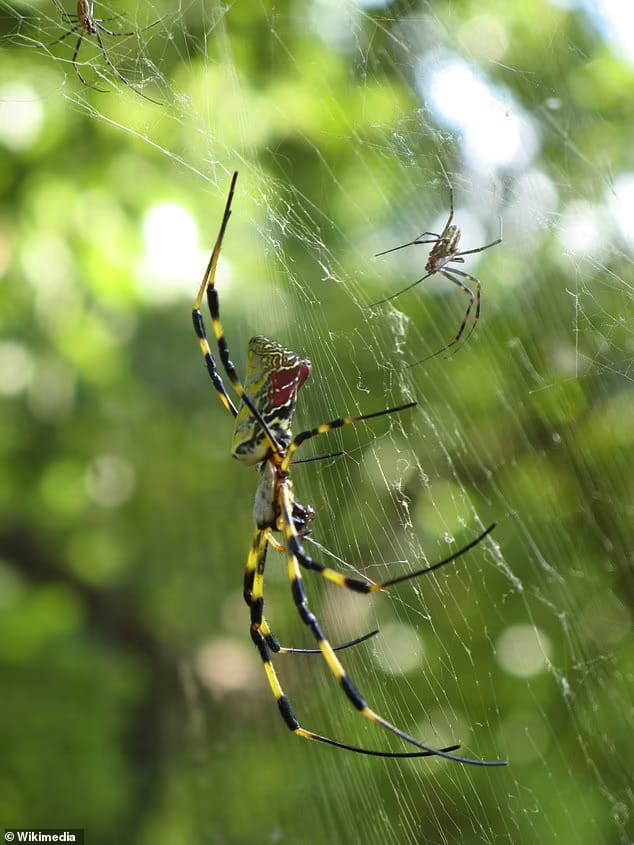New Jersey’s Department of Environmental Protection (DEP) attempted to create a suitable habitat for the American woodcock – a species of concern – yet ended up destroying the habitats of two other species. 21 acres of forest were cut down in February and March at the Glassboro Wildlife Management Area in Clayton, Gloucester County. The department called the work “unauthorized” and is now threatening penalties against its own Division of Fish and Wildlife.
21 acres of forest cut down
Habitat loss and degradation, along with shifting ecosystems, are causing a decline in the American woodcock population. In addition to cutting down trees to create a suitable “meadow-like” area for the species, the project also involved planting flowers to attract at-risk pollinators like honeybees. However, two rare plant species were also destroyed, and wetlands damaged, in the process. “It is not forestry; it’s land clearing,’’ said Emil DeVito of the New Jersey Conservation Foundation. “This is a pristine intact core forest. We are supposed to be protecting those places.’’
Environmental damage
“All natural resources — plants, animals, soils, and surface geology — have been altered, removed or exterminated,’’ said a letter of complaint addressed to the DEP and signed by four environmental groups. “The wetland soil and flora that were previously undisturbed have been destroyed, and the mature forest that was already habitat for numerous rare species of plants and birds was clear-cut logged. All trees have been cut, and all stumps bulldozed.”
Specifically, the project cleared vegetation and disturbed soils on almost three acres of “exceptional resource value freshwater wetlands.” Previously, the barred owl – officially a threatened species – and the red-shouldered hawk – an endangered species – could nest on this land. The land was also an important habitat for native frog populations.
Moreover, the work also cleared and disturbed a protected 12 acres of land near wetlands. “The tree chop appears to have violated regulations protecting the state wetlands area”, according to conservationists.
Although the DEP’s conservation efforts were misguided, working to protect birds and biodiversity is something that should concern everyone; birds play a key role in maintaining healthy ecosystems around the world. Ensuring windows are bird-safe, in particular, is an easy way people can help prevent window collisions and support the population – around one billion birds are killed every year by window collisions. For example, the simple addition of external window shutters can create bird-friendly windows.
Greater transparency needed
Jaclyn Rhoads, assistant executive director of the Pinelands Preservation Alliance, wants the DEP to publish details of their current projects online for everyone to review. “It is because of the public that we were able to stop further destruction of this landscape,” she said. The Fish and Wildlife Division’s Bureau of Land Management must submit a restoration plan for the land within thirty days, according to agency spokesman Larry Hajna.
“This never should have happened”, said Tom Gilbert, Co-Executive Director of the New Jersey Conservation Foundation. “They must also take steps to improve their clearly inadequate internal review process and meaningfully engage the public.” The Division of Fish and Wildlife also say they’ll suggest other conservation measures and open up a public feedback period shortly.
Lead Image: The American woodcock thrives in open, meadow-like spaces. Getty Images/500px Plus.







Leave a Reply